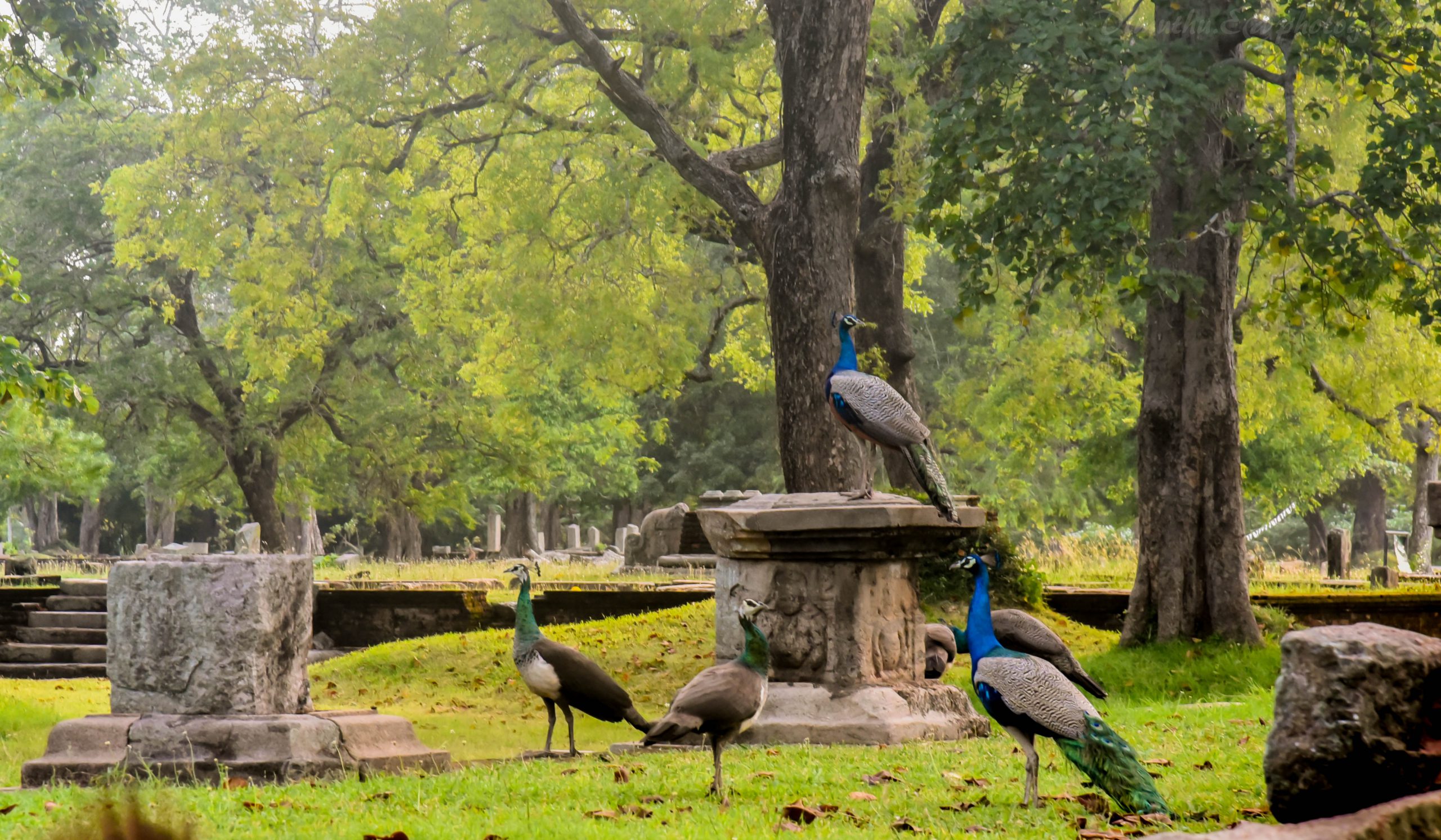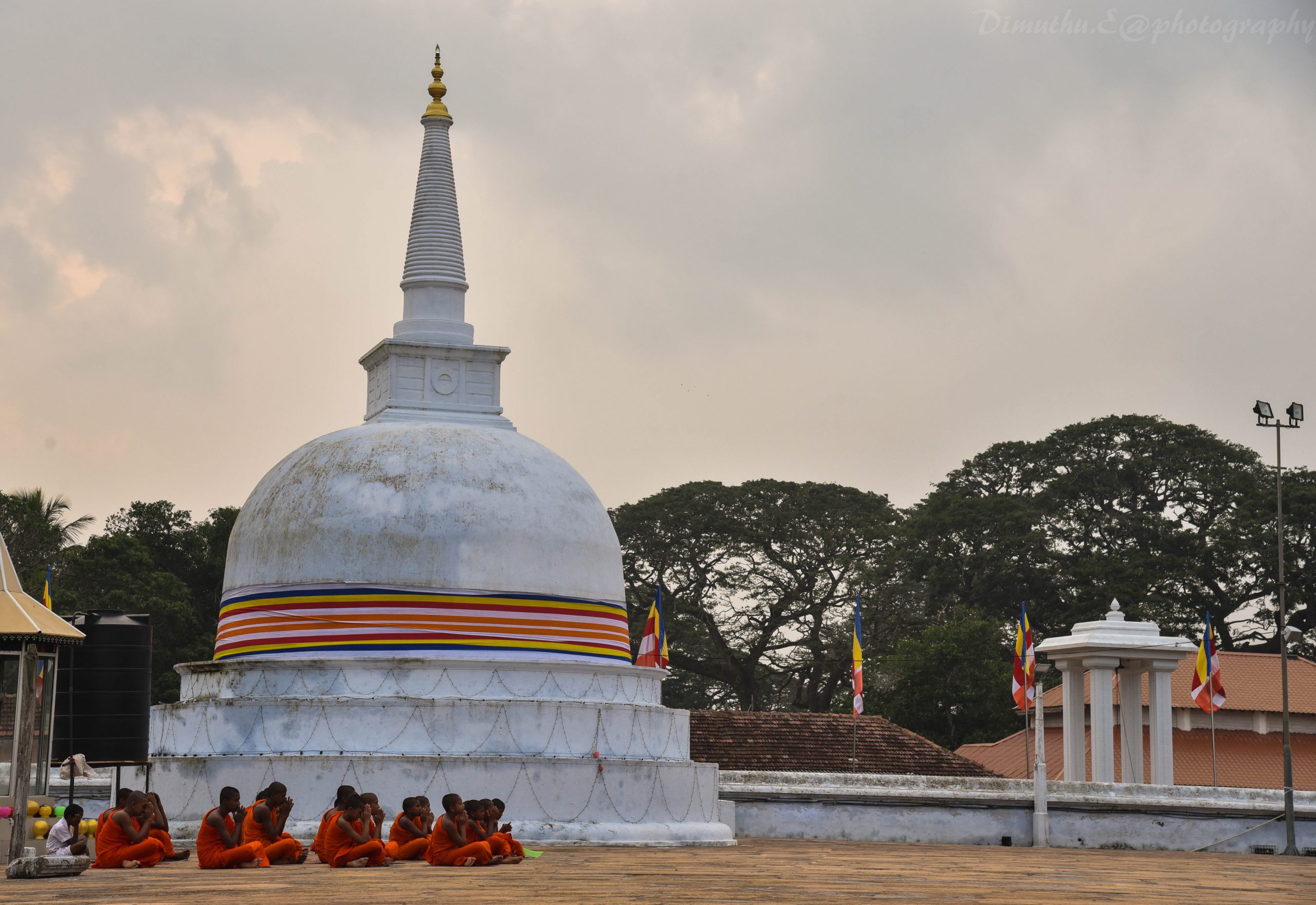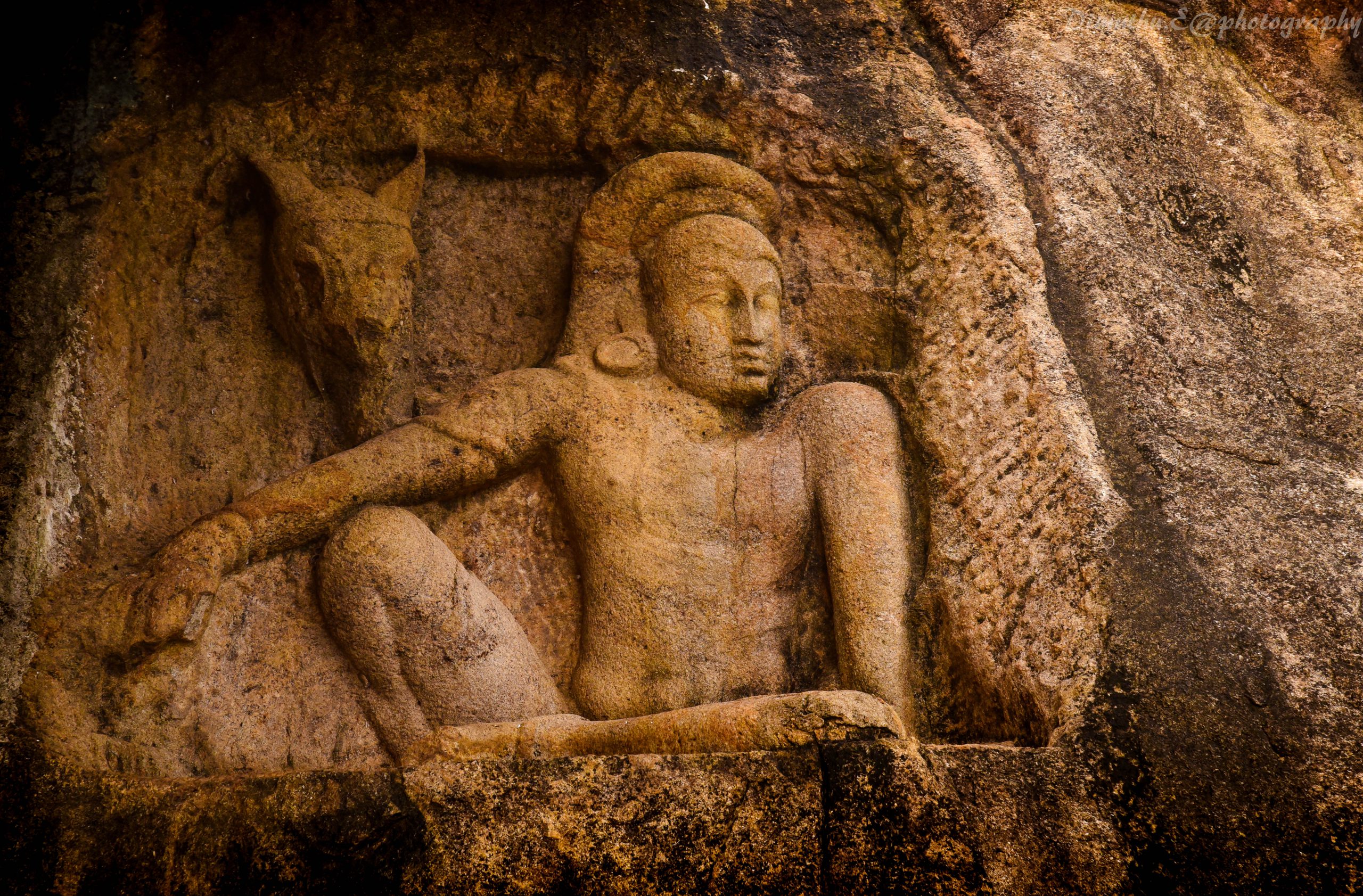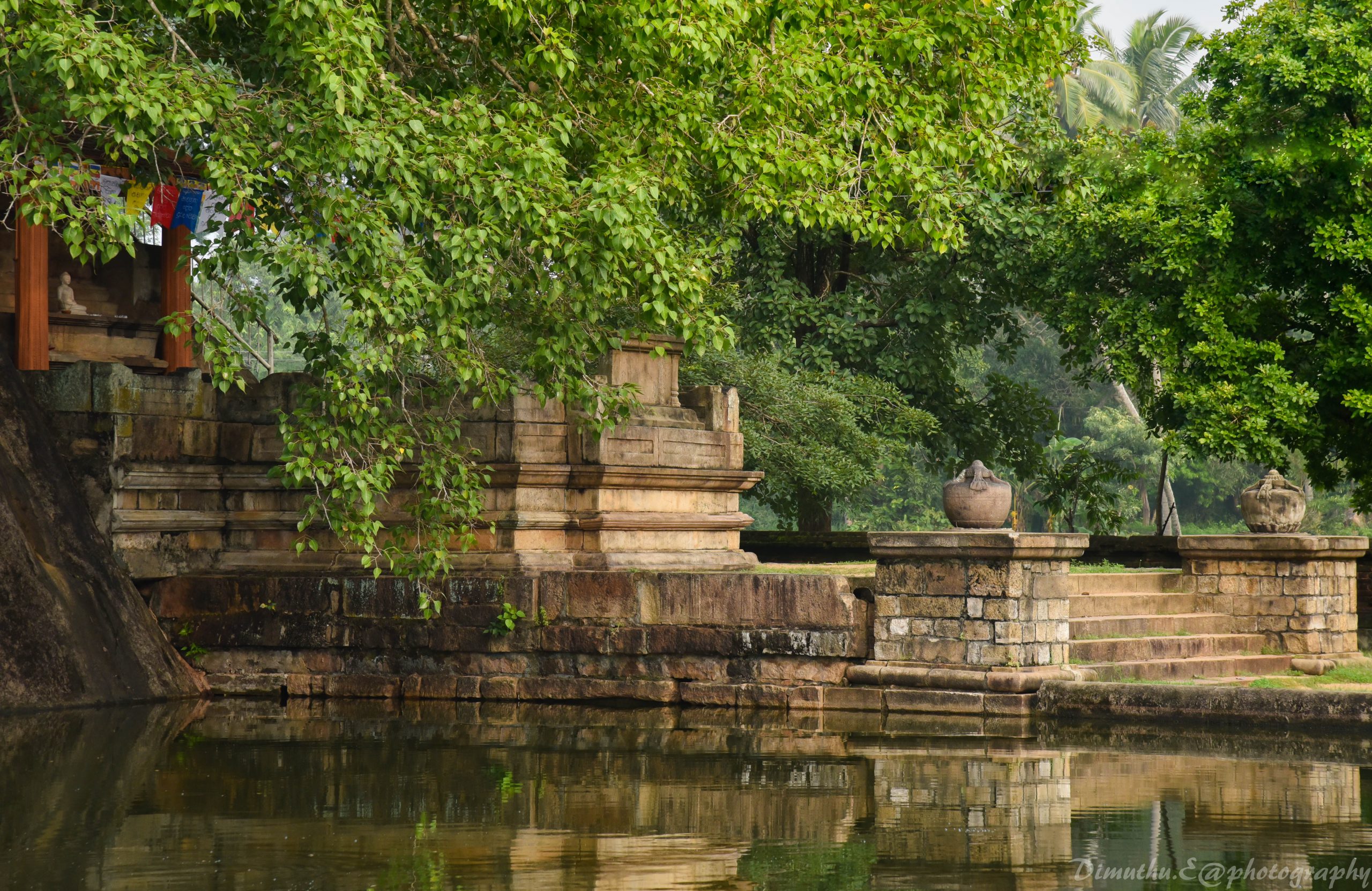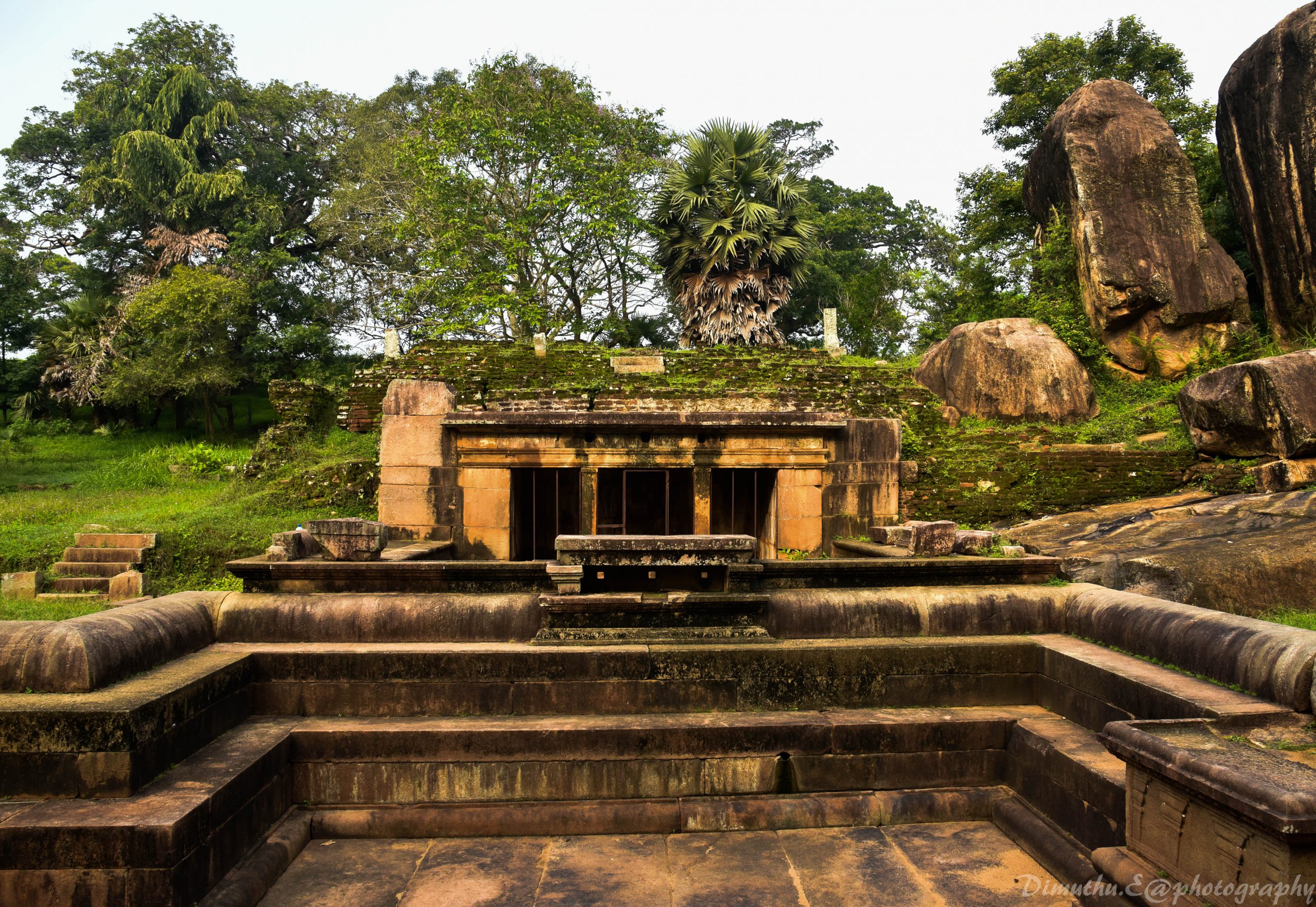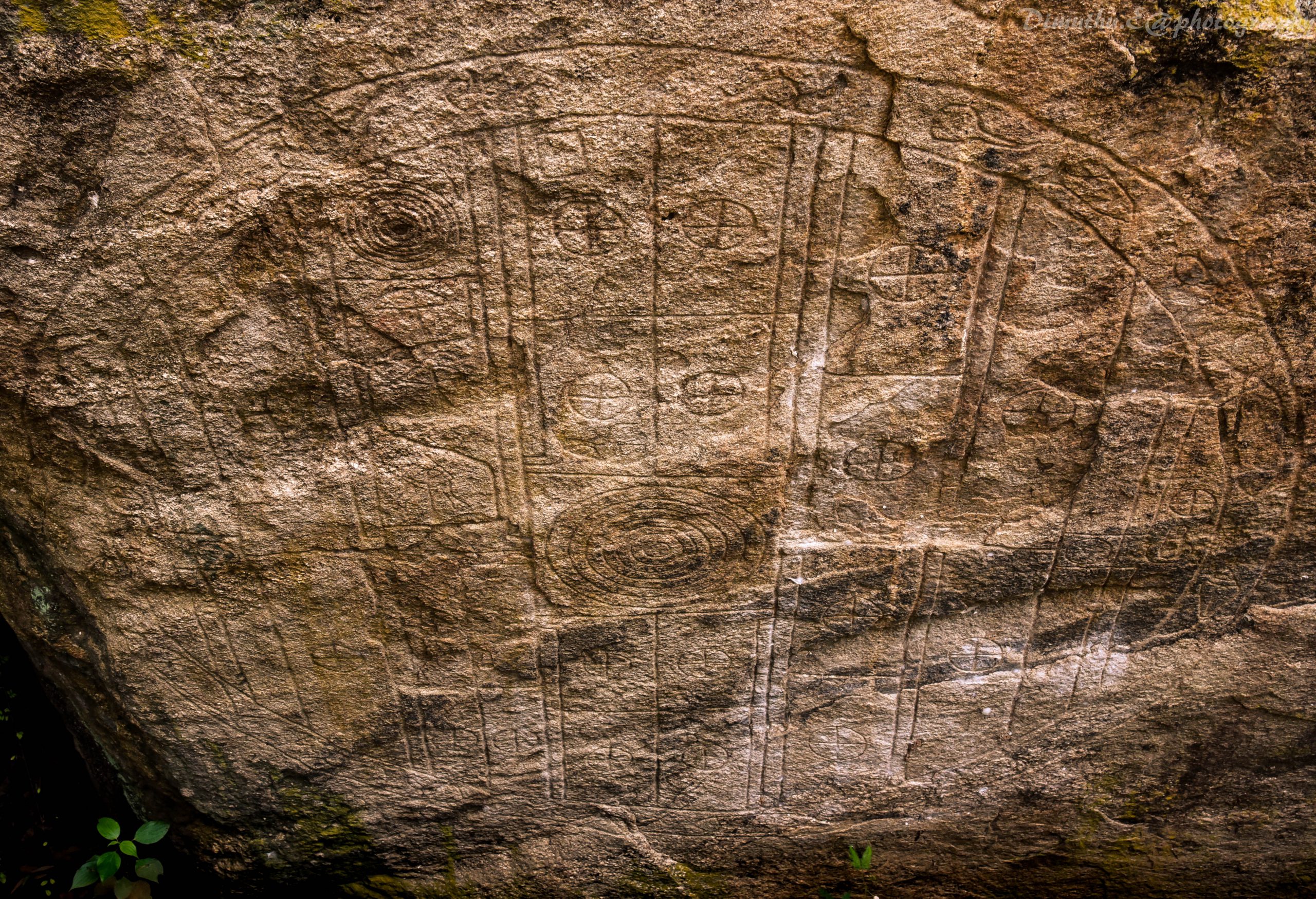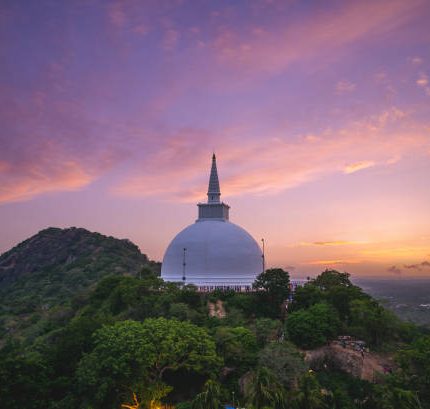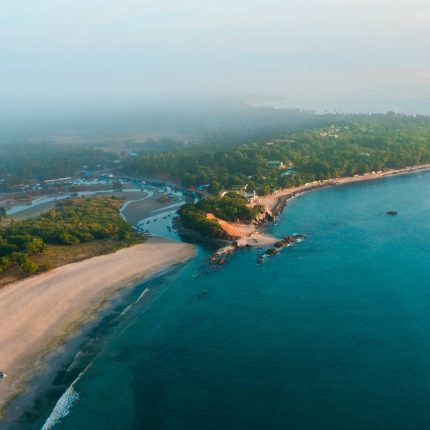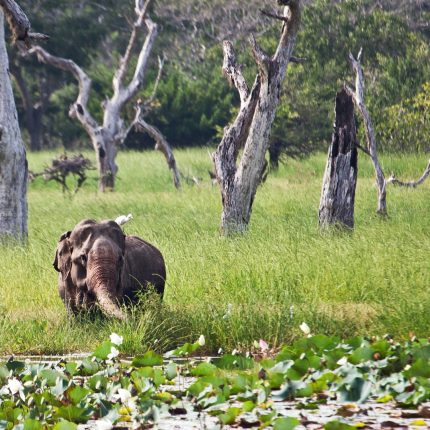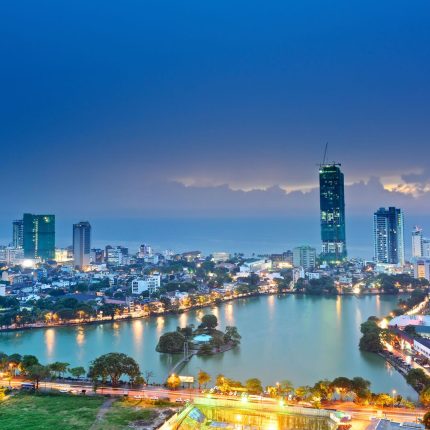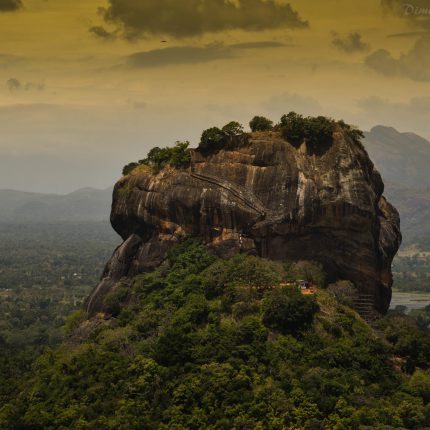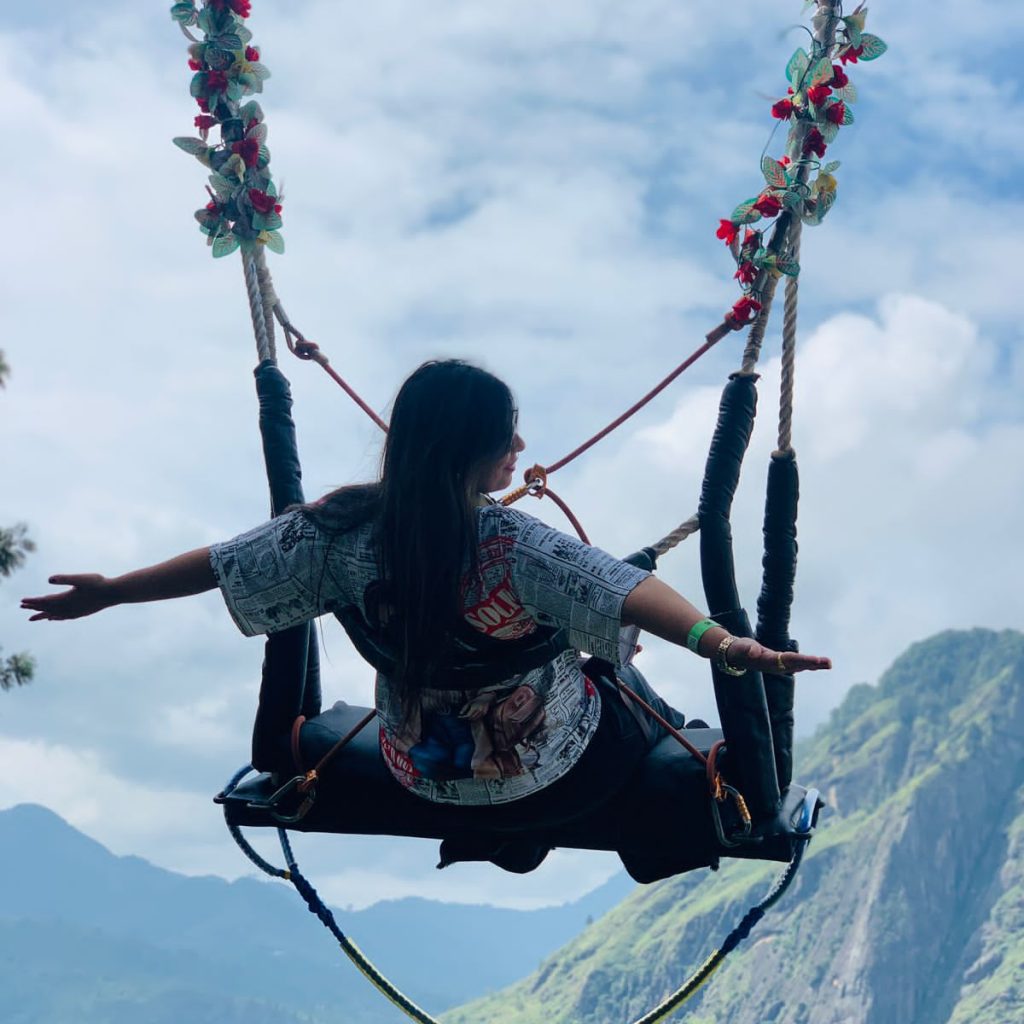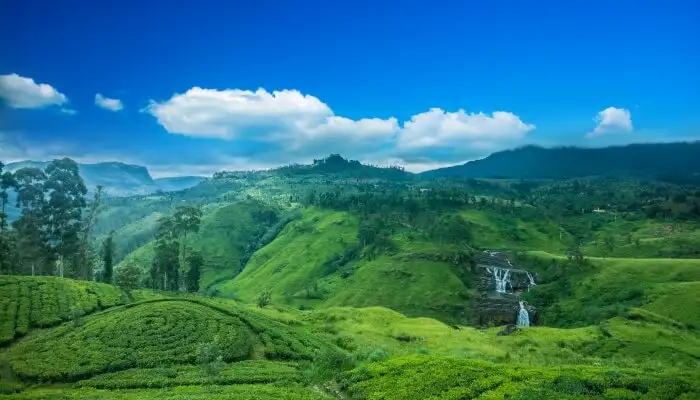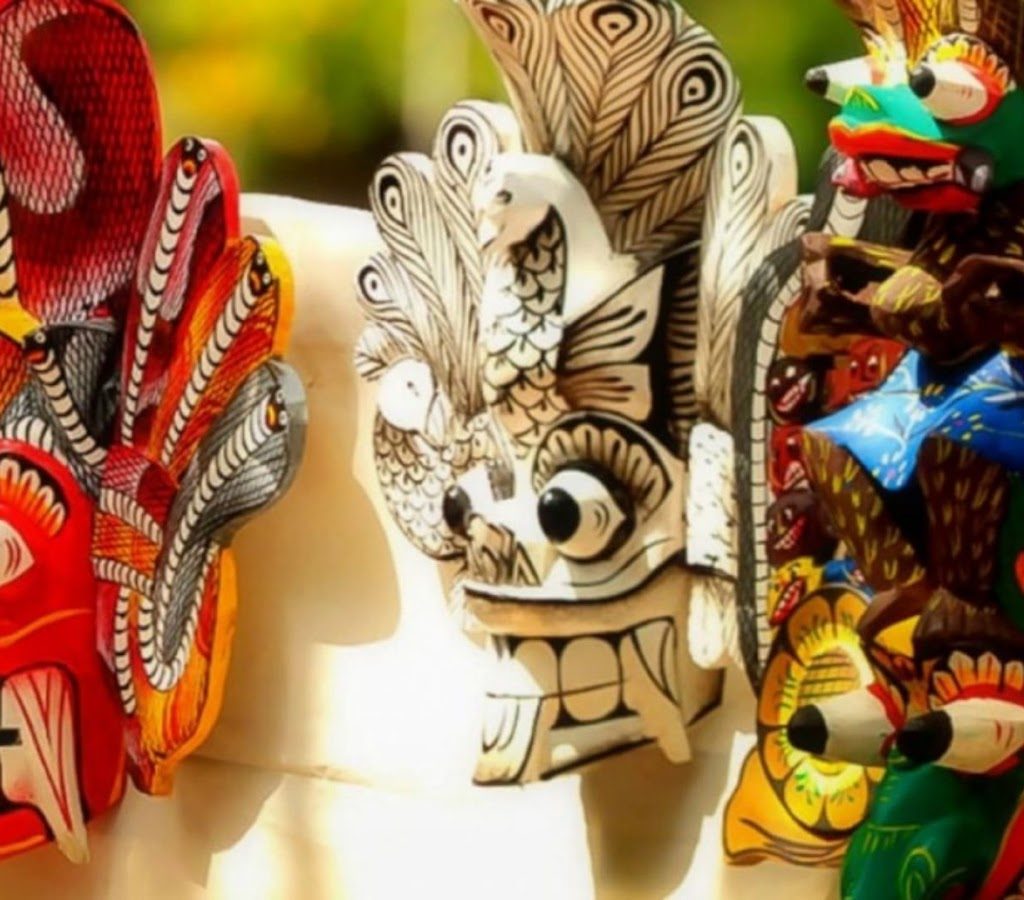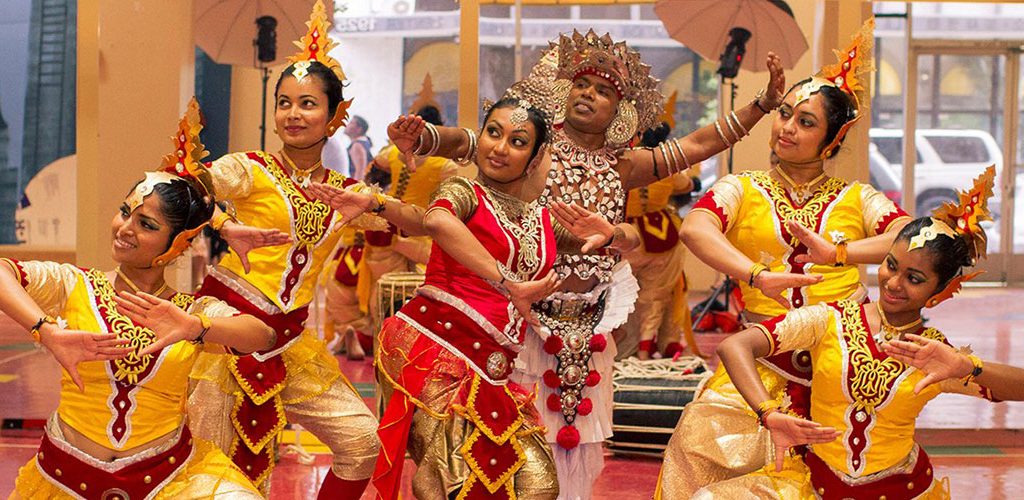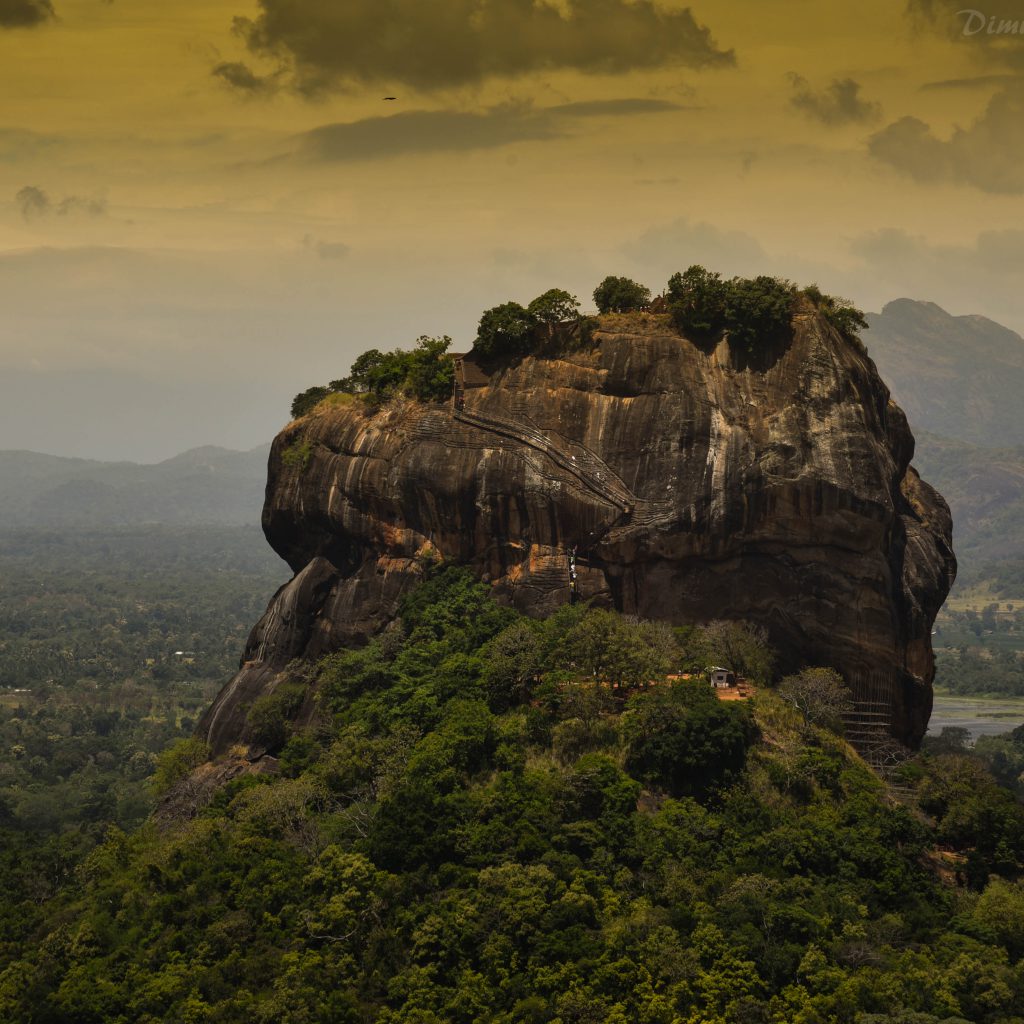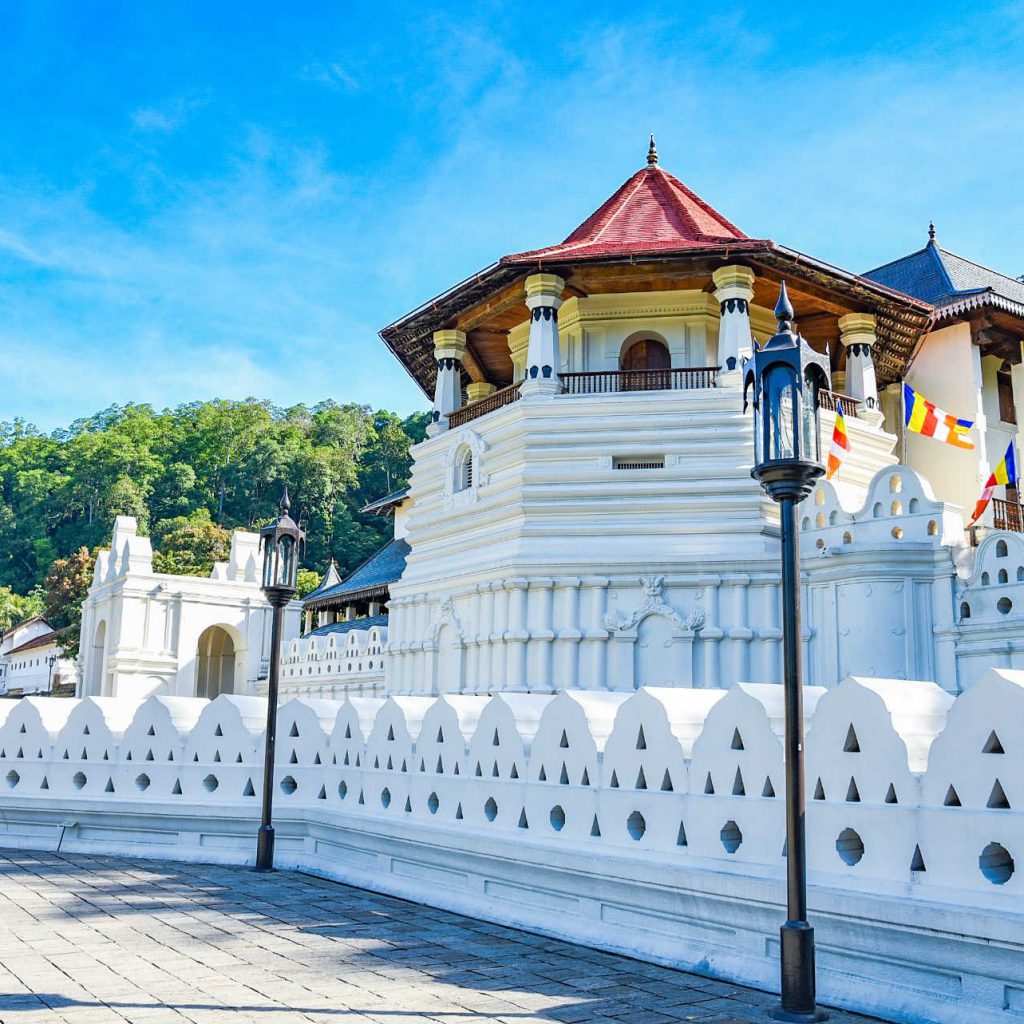Anuradhapura Ancient Kingdom
Anuradhapura was a ancient kingdom that thrived in Sri Lanka from the 4th century BCE to the 11th century CE. Located in the north-central region of the island, Anuradhapura was one of the world’s greatest urban centers of its time, and served as the capital of Sri Lanka for over a thousand years. The kingdom is known for its magnificent architecture, irrigation systems, and rich cultural and religious heritage, which continue to influence Sri Lankan society today.
History
According to legend, Anuradhapura was founded in the 4th century BCE by King Pandukabhaya, who is said to have unified the various tribes of Sri Lanka under his rule. The kingdom grew in power and prosperity over the centuries, with the construction of massive irrigation works, such as the Tissa Wewa and Abhayavapi tanks, which transformed the dry region into a fertile agricultural area.
During its heyday, Anuradhapura was a center of culture, religion, and commerce, with a population of over one million people. The kingdom’s rulers built magnificent palaces, temples, and other public buildings, many of which still stand today as testament to the kingdom’s achievements.
The decline of the Anuradhapura kingdom began in the 10th century CE, as a result of invasions by the Chola dynasty of South India and internal conflicts. By the end of the century, the capital had been moved to Polonnaruwa, and Anuradhapura was abandoned as a capital. However, the kingdom’s cultural and religious legacy continued to influence Sri Lankan society, and many of the country’s most important religious sites are located in the region.
Architecture and Art
The Anuradhapura kingdom is known for its impressive architectural and artistic achievements, which include some of the finest examples of Buddhist art and architecture in the world. The kingdom’s rulers built massive stupas, temples, and other religious buildings, many of which are still standing and can be visited today.
One of the most famous structures in Anuradhapura is the Jetavanarama, a massive stupa that stands over 120 meters tall and is considered one of the tallest brick structures in the world. Another notable structure is the Ruwanwelisaya, a stupa that was built by King Dutugemunu in the 2nd century BCE, and is considered one of the holiest sites in Sri Lanka.
In addition to its architectural achievements, the Anuradhapura kingdom was also known for its fine arts, including painting, sculpture, and literature. The kingdom was home to several famous poets, including King Devanampiya Tissa, who is credited with writing the first Sinhalese Buddhist text.
Legacy
Although the Anuradhapura kingdom declined and was eventually abandoned as a capital, it left a lasting legacy in Sri Lankan history and culture. The kingdom’s impressive architectural and artistic achievements continue to inspire visitors and scholars today, and are considered some of the finest examples of Sinhalese art and architecture.
The kingdom’s influence can be seen in Sri Lankan society today, particularly in the country’s religion, which is predominantly Buddhist. Many of the country’s most important religious sites, such as the Sri Maha Bodhi tree and the Ruwanwelisaya stupa, are located in the Anuradhapura region.
In recognition of its cultural and historical importance, the ancient city of Anuradhapura was declared a UNESCO World Heritage Site in 1982. Today, the site attracts thousands of visitors each year, who come to explore the kingdom’s rich cultural and religious heritage, and to marvel at its impressive architectural achievements.


